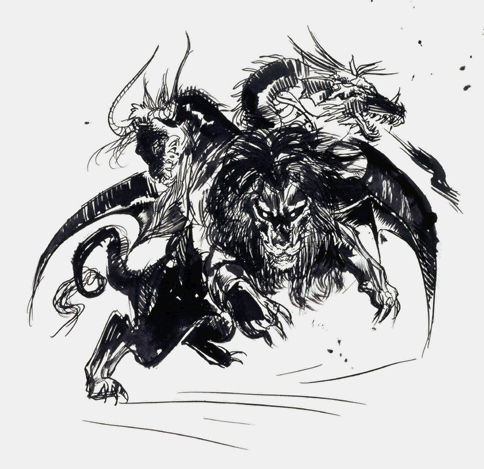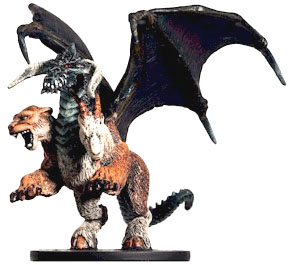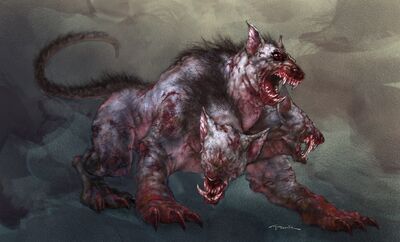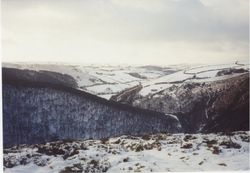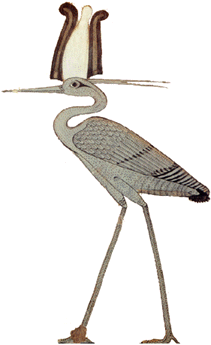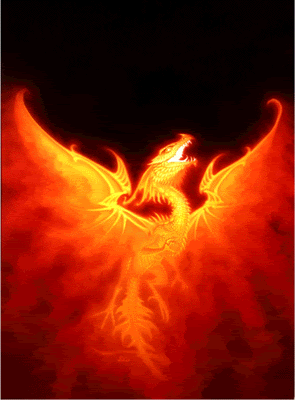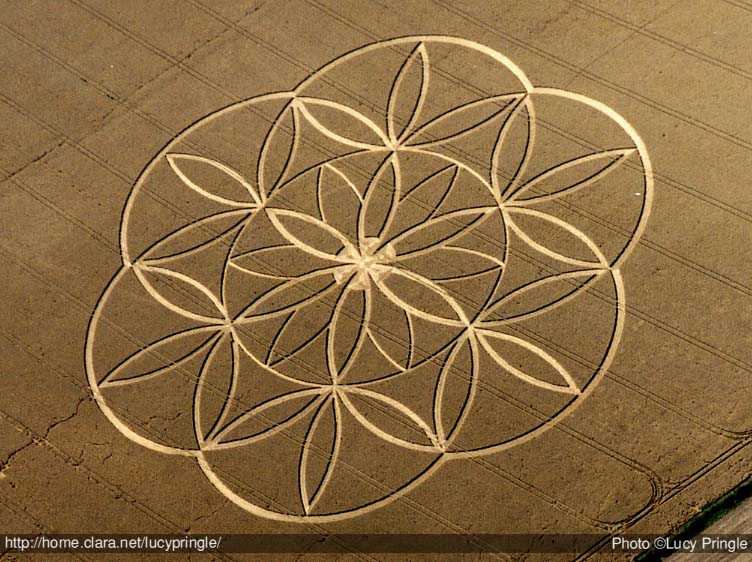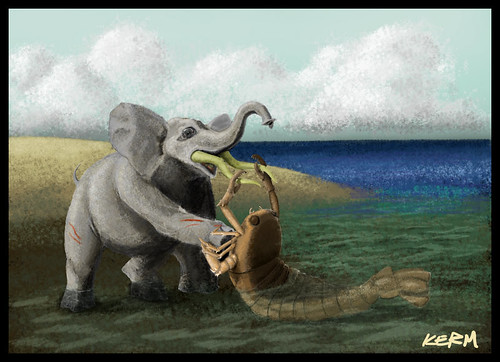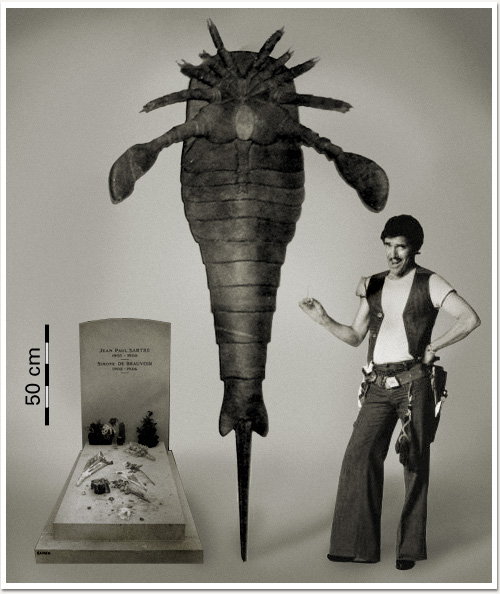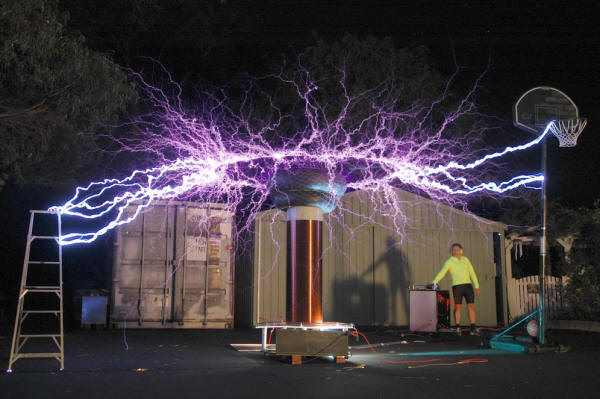
The mechanism behind Tesla's death ray is not well understood. It was apparently some sort of particle accelerator. Tesla said it was an outgrowth of his magnifying transformer, which focused its energy output into a thin beam so concentrated it would not scatter, even over huge distances. He promoted the device as a purely defensive weapon, intended to knock down incoming attacks - making the death ray the great-great grandfather of the Strategic Defense Initiative.
It is not certain if Tesla ever used the death ray, or indeed if he even succeeded in building one. But the following is the often-related story of what happened one night in 1908 when Tesla tested the foreboding weapon.
At the time, Robert Peary was making his second attempt to reach the North Pole. Cryptically, Tesla had notified the expedition that he would be trying to contact them somehow. They were to report to him the details of anything unusual they might witness on the open tundra. On the evening of June 30, accompanied by his associate George Scherff atop Wardenclyffe tower, Tesla aimed his death ray across the Atlantic towards the arctic, to a spot which he calculated was west of the Peary expedition.
Tesla switched on the device. At first, it was hard to tell if it was even working. Its extremity emitted a dim light that was barely visible. Then an owl flew from its perch on the tower's pinnacle, soaring into the path of the beam. The bird disintegrated instantly.
That concluded the test. Tesla watched the newspapers and sent telegrams to Peary in hopes of confirming the death ray's effectiveness. Nothing turned up. Tesla was ready to admit failure when news came of a strange event in Siberia.
On June 30, a massive explosion had devastated Tunguska, a remote area in the Siberian wilderness. Five hundred thousand square acres of land had been instantly destroyed. Equivalent to ten to fifteen megatons of TNT, the Tunguska incident is the most powerful explosion to have occurred in human history -- not even subsequent thermonuclear detonations have surpassed it. The explosion was audible from 620 miles away. Scientists believe it was caused by either a meteorite or a fragment of a comet, although no obvious impact site or mineral remnants of such an object were ever found.
Nikola Tesla had a different explanation. It was plain that his death ray had overshot its intended target and destroyed Tunguska. He was thankful beyond measure that the explosion had - miraculously - killed no one. Tesla dismantled the death ray at once, deeming it too dangerous to remain in existence.
Posted by Alan Taylor on September 02, 1998

I'm open to the suggestion that the Tunguska blast was caused by Tesla misfiring his death ray, but there's one small problem with the theory.
If the blast was 15 megatons, where did he get the energy?
Thermodynamics tells us that you won't get more energy out than you put in... and you have to burn a lot of coal to get 15 megatons worth of energy out of the generators common in Tesla's time. IF Tesla caused the Tunguska Blast, THEN one of these three hypotheses must be true:
The fundamental laws of Termodynamics are wrong, or at least flawed.
Tesla burned a hell of a lot of coal and stored the energy through some capacitative effect in his Wydencliffe apparatus, possibly over days or weeks.
Tesla's device does not actually cause the explosion, but artificially catalyzes another (even higher-energy) phenomenon. There is simple precedent for this hypothesis - just think of how much energy a gallon of gasoline releases when you apply a simple spark.
Let's ignore (1) for the moment because refuting thermodynamics is a much larger issue than proving that Tesla built a working 'death ray'.
(2) could potentially be proven through historic records, if anyone can find out how much fuel was delivered to Wydencliffe in 1908. I'd wager that all the fuel ever burned at the facility would not generate 15 megatons-equivalent of electrical
energy, even with a very efficient power plant.
That leaves (3). Any takers?
Other notes: I read somewhere that the Wydencliffe facility was NOT dismantled after the 1908 experiments, but rather that it was signed over to a hotel in NYC to settly for Tesla's unpaid bills. It was dynamited almost a decade later to recover
the scrap metal costs. The important 'black boxes' may already have been removed, but it is possible that Tesla did not 'immediately dismantle' Wydencliffe, as is claimed in this article. Again, this is something that could be supported by research into the public records for the state of New York.
Finally, Tesla was also researching broadcast power, using the earth itself as a transmission system. Is it possible that his 'death ray' was not a particle-beam style device, but a kind of capacitor that could selectively and explosively discharge on the earth's surface? It wouldn't explain anything, but it would be important for
anyone seeking to duplicate the experiment to know in what direction Tesla had been heading when he allegedly blew up Tunguska...
Comments are welcomed and desired. I have only a layman's interest in the subject, so bear with me, please.
Posted by Phil Nadeau on February 24, 1999
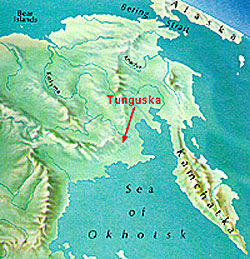
I have been dabbling in Tesla coils for a while and also reading about Nikola Tesla. He was a man without equal. Reading about his earthquake machine, it seems to me that he had found a way to get around common phyics, power in = power out. With his machine, he could move buildings over 1/4 mile away using a small air compressor and a piston in a cylinder through resonance. Why could'nt he apply these same ideas to his 'Death Ray',which would focus all the energy from his Wardenclyffe facility at one point, picking up energy from the earth along the way.
My question is: How could you aim such a device? Comments?
In a cursory surf of the web, I've not found primary eyewitness accounts of Tesla's Wardenclyffe test, nor secondary news accounts of the day; tertiary sources abound, but only the message I reply to here and a Parascope's Tesla page provide even a qualitative idea of the time, given in both as "the evening of June 30". (The two accounts, in fact, appear to be identical.)
Published reports give 7:17 am, June 30, 1908, local Tunguska time (00:17 GMT) for the event. This is consistent with seismic records of the event, in which the GMT (Greenwich Mean Time) for the earliest seismic arrival at the Irkutsk observatory is given as 00:18.8. (Irkutsk is on the SW shore of Lake Baikal at about 52.25 deg N, 104.3 deg E [Richter, Elementary Seismology, p 707], about 1100 km SSE of the Tunguska site at 61 deg N, 101.3 deg E. [Richter, p 157].)

Now, Tesla's Long Island facility is -5 hours from GMT, or 12 hours earlier than Tunguska time. In other words, the Tunguska event occured at about 7:17 pm, June 29, Long Island time, about one day before the time given in web accounts of Tesla's Wardenclyffe experiment.
So, if the qualitative web accounts of Tesla's experiment are trustworthy, Tesla had nothing to do with Tunguska. If anybody can provide eyewitness accounts of Tesla's activities, this could be nailed down, one way or another.
Follow up from Joe Wilson:
The Parascope account is sensationalized to say the least. Their use of the date "June 30th" is not arrived at by any documented evidence. The credible evidence suggests that Tesla was periodically conducting high-power experiments at Wardenclyffe during mid 1908, but "nailing it down" precisely is presently very difficult, because Teslas notes from the period are lost!!
Oliver Nichelson first proposed a Tesla/Tunguska link based on compelling circumstantial evidence. This evidence is not adequately reflected in any of the tabloid-style fictionalized accounts, that get quoted and re-quoted. People don't like scientific arguments based on circumstantial evidence, so they sometimes lie to fill gaps in their knowledge.
The true evidence is of a subtler form, residing in the nature of the Tunguska Blast & Wardenclyffe, and Tesla's demonstrated interest in the journeys of Peary.
Writings which make extravagant claims about non-existent first-hand accounts only serve to arouse the skepticism of otherwise open-minded people. There may in fact be as much circumstantial evidence for a Tesla/Tunguska link, as there is for many widely accepted scientific theories. Some people would just dismiss the idea out of hand, but you can't please everyone.
Ask the FBI what they know about the Japanese Aum Shinrikyo Cult and their interest in Tesla. http://www.fbi.gov/foipa/hisfigs.htm#tesla
I strongly believe that these nutters have re-discovered Tesla's weapons of distruction. Such a test might have taken place on 28 May 1993 close to the Banjawarn sheep station - NW of Perth, Australia. The event registered 3.7 on the Richter scale and was assumed to have been the first ever recorded quake in that part of Australia.
Initially the tremor was assumed to be the result of a meteorite impact (such as Tunguska). After gathering detailed data and speaking to the locals evidence suggested a man-made event.

Eyewitnesses reported sighting a fireball trailing across the sky just minutes before the subsequent tremor. This was followed by a bright blue flash and shortly afterwards, by an earth tremor measuring 3.7 on the Richter scale.
Shortly following this a "large hemisphere of orange light, lined with a silverish glow, rose above the apparent blast site." Extraordinarily, the dome of light remained in place for two hours, and then rapidly vanished like "someone turning off a switch.
I personally believe that this was probably the first time since 1908, that the full power of Tesla's death ray had been unleashed.
The Aum cult are also thought to have re-created Tesla's eathquake machine. The cult's leader so accurately predicted the Kobe disaster 8 days before the event. Kobe was automatically assumed to be a terrible natural disaster but I bet Aum could tell you otherwise.
Tesla weapons of this distructive power make nukes look like pellet guns. If such technology is in the hands of these maniacs then the world has something really to worry about.
Look out New York & Washington !!!

 According to Greek myth, there was only one Minotaur - the child of Pasiphae, Queen of Crete and wife of King Minos, and a white bull sent by the sea god Poseidon.
According to Greek myth, there was only one Minotaur - the child of Pasiphae, Queen of Crete and wife of King Minos, and a white bull sent by the sea god Poseidon.
 King Minos trapped his stepson in the great Labyrinth below the palace of Knossos and kept the Minotaur satisfied by feeding him 14 young men and women exacted as tribute from the Athenians. According to one version of legend, this tribute was made every nine years, suggesting the Minotaur could live off stockpiled nutrient reserves for long periods of time. However, other versions suggest the tribute was annual, or that Minoans were slaughtered instead of Athenians eight years out of nine.
King Minos trapped his stepson in the great Labyrinth below the palace of Knossos and kept the Minotaur satisfied by feeding him 14 young men and women exacted as tribute from the Athenians. According to one version of legend, this tribute was made every nine years, suggesting the Minotaur could live off stockpiled nutrient reserves for long periods of time. However, other versions suggest the tribute was annual, or that Minoans were slaughtered instead of Athenians eight years out of nine. Many observers said that the Minotaur was invulnerable to any weapon but his own horn driven through his brain. This is probably an exaggeration, although a Minotaur's size, speed, strength and ferocity, combined with a pair of deadly horns, must have made it a formidable adversary.
Many observers said that the Minotaur was invulnerable to any weapon but his own horn driven through his brain. This is probably an exaggeration, although a Minotaur's size, speed, strength and ferocity, combined with a pair of deadly horns, must have made it a formidable adversary. eruption and subsequent tidal wave are thought to have been responsible. By 1100 BCE, the Minoan civilization had faded.
eruption and subsequent tidal wave are thought to have been responsible. By 1100 BCE, the Minoan civilization had faded.
